
Fluminense Football Club, commonly referred to as Fluminense or simply Flu, is one of the most beloved and iconic football clubs in Brazil. Founded on July 21, 1902, in the Laranjeiras neighborhood of Rio de Janeiro, Fluminense holds a prominent place in the history of Brazilian football. Known for its rich traditions, deep-rooted rivalries, and passionate fanbase, Fluminense stands as a club that has shaped the very fabric of Brazilian football and culture.

Fluminense’s iconic green, maroon, and white colors are instantly recognizable in Brazil and around the world. The club's shirt features vertical stripes in these colors, symbolizing its deep connection to the city and its history. The colors represent Fluminense's identity, with the green symbolizing hope, the maroon representing passion, and the white representing purity and pride. The club's crest features a shield design, which encapsulates the tradition and values of the club. This emblem has become a symbol not just of the football club, but of Rio de Janeiro and Brazilian football in general.
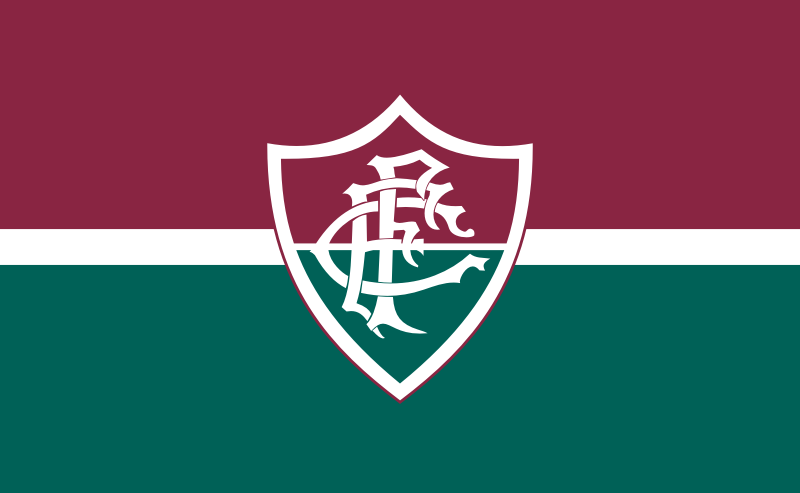
Fluminense’s home matches are played at the Maracanã Stadium, one of the most famous and iconic football stadiums in the world. Originally built for the 1950 FIFA World Cup, the Maracanã has been the venue for numerous historic football moments, including Fluminense’s victories and intense derby matches. The stadium has undergone several renovations over the years, with a current seating capacity of 78,838 spectators, making it one of the largest in Brazil. The atmosphere in the Maracanã is legendary, with fans creating an electrifying environment during matches, especially when Fluminense faces its fiercest rivals. The Maracanã stands as a symbol of Fluminense’s grandeur, both as a football club and as a cultural institution in Brazil.

Fluminense has some of the most intense and historic rivalries in Brazilian football. The most famous of these is the Fla-Flu derby, played against Flamengo, one of the fiercest rivalries in South America. The first match between the two clubs took place in 1912, and since then, the Clássico das Multidões (The Derby of the Masses) has become one of the most anticipated fixtures in Brazilian football. The match often sees both clubs at their best, with a passionate fanbase and high stakes.
Another significant rivalry is with Vasco da Gama, known as the Clássico dos Gigantes (The Derby of the Giants). This rivalry has produced many thrilling encounters, particularly in Brazilian Championship finals and Carioca finals. Additionally, Fluminense shares an intense rivalry with Botafogo, known as the Clássico Vovô (The Grandfather Derby), which is the oldest football derby in Brazil. These rivalries represent the fierce competition in Rio de Janeiro and are a key part of Fluminense's history.

Fluminense’s fanbase, known as the Flu Nation, is one of the most passionate in Brazilian football. While the club’s fanbase is traditionally associated with the upper-class and intellectual circles of Rio de Janeiro, it enjoys widespread popularity across Brazil and internationally. Fluminense’s supporters are known for their unwavering loyalty and their ability to create a raucous, electric atmosphere, particularly at the Maracanã Stadium. The club's anthem, "Eu Sou Flu" ("I Am Flu"), is a powerful testament to the devotion of its fans.
The Yellow and Green Army, as they are sometimes called, can be found not only in Rio but in other parts of Brazil, with a particularly strong following in countries like Portugal, United States, and Japan. The club’s fanbase is also well-known for its vibrant and colorful displays at matches, with supporters often producing incredible visual pyrotechnics, including flags, tifo displays, and choreographed chants.
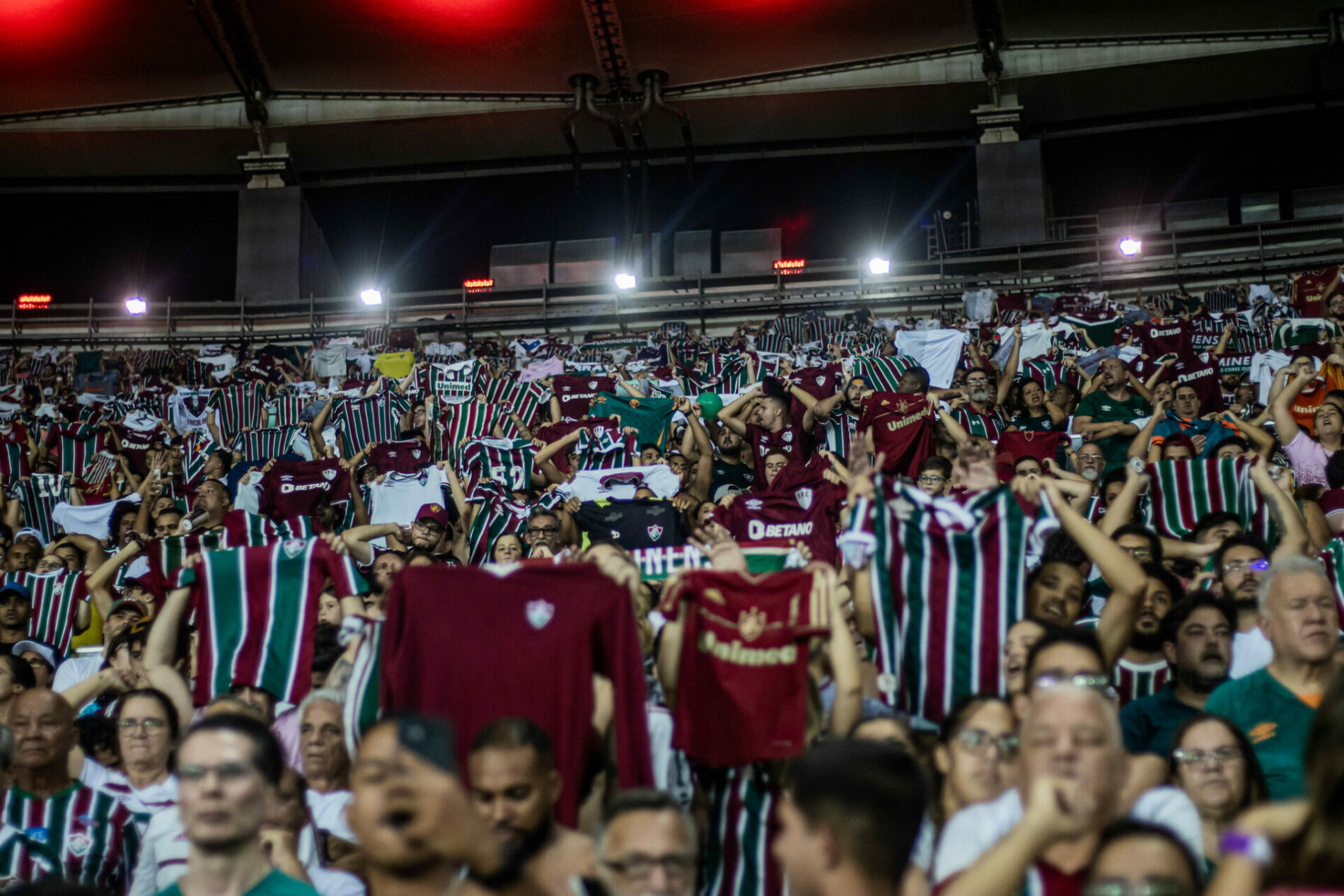
Fluminense is renowned for its focus on youth development, with the club's youth academy, Xerém, producing some of Brazil's best young talent over the years. The academy has been instrumental in developing future stars, not only for Fluminense but for the national team as well. The club has contributed several players to the Brazilian national team, with Carlos Alberto Torres, Didi, and Fred among the most notable alumni.
Fluminense’s legacy extends far beyond the football pitch. The club has been at the forefront of promoting sports in Brazil and continues to invest in a wide array of social initiatives. Whether through charitable projects, community outreach programs, or the promotion of women’s football, Fluminense remains committed to making a positive impact both on and off the field.

In modern football, Fluminense continues to be a powerhouse in Brazilian football, competing in the Campeonato Brasileiro Série A, Copa do Brasil, and Copa Libertadores. The club’s recent triumph in the 2023 Copa Libertadores, after defeating Boca Juniors in the final, has propelled it to new heights and solidified its place among the elite clubs in South America. Fluminense remains a force to be reckoned with, driven by its rich history, strong tradition, and undying passion.
/origin-imgresizer.eurosport.com/2023/12/18/3847551-78183948-2560-1440.jpg)
Fluminense Football Club, founded on July 21, 1902, in the Laranjeiras neighborhood of Rio de Janeiro, stands as one of the oldest and most influential football clubs in Brazil. Established by Oscar Cox, an English-Brazilian businessman, Fluminense became a foundational institution in Brazilian football. While football was still gaining traction in Brazil, Cox, after being inspired by the sport during his time in Europe, was determined to bring the game to Brazil, leading to the birth of the club. It was the first football club in Rio de Janeiro, at a time when rowing dominated the local sporting culture. This set the stage for the club’s eventual dominance in Brazilian football. With its early successes, Fluminense would go on to define much of Brazilian football’s culture in the following decades.
The club's first official match was played against the now-defunct Rio Football Club, where Fluminense triumphed 8–0, sending an early message of their footballing prowess. In 1906, just four years after its formation, the club won its first state championship (Campeonato Carioca), marking the beginning of its long-standing dominance in Rio de Janeiro football. Throughout the early years, the club was heavily involved in the promotion and development of football in the state, setting up important relationships with other clubs and bringing in talent from all over Brazil and Europe. Fluminense’s early triumphs helped establish football as the leading sport in the state of Rio.

In 1911, Fluminense’s rivalry with Flamengo was born after a group of Fluminense players left the club and went on to establish Flamengo’s football department. This marked the start of what would become one of Brazil's greatest and most passionate rivalries—the Fla-Flu derby. Over the years, this fixture would come to define Rio de Janeiro’s footballing landscape and be regarded as one of the greatest rivalries in world football. In addition to Flamengo, Botafogo and Vasco da Gama would also emerge as rivals, contributing to Fluminense’s competitive spirit in the state. The Fla-Flu derby, in particular, became known for its high-intensity games, unparalleled passion, and the deep historical roots it has in the culture of Rio de Janeiro. These encounters attracted massive crowds, solidifying their place in the annals of footballing history.
In 1919, Fluminense played host to the first-ever match of the Brazil national football team, which occurred at the club’s home ground, Estádio das Laranjeiras. This marked a historic moment in Brazilian football, with Fluminense’s stadium being the setting for the first match of what would become one of the most successful national teams in history. In the same year, Fluminense also secured their first international trophy, winning the South American Championship in 1919. This was a crucial time in Brazilian football, as the nation’s footballing identity began to take shape, and Fluminense played a key role in the early success of Brazil on the international stage.

Fluminense’s success continued through the 1950s and 1960s, with the club solidifying its reputation as a powerhouse in Brazilian football. In 1951, Fluminense participated in the Copa Rio, an international tournament considered by the club as a precursor to the modern-day Copa Libertadores. Fluminense won the tournament, defeating European and South American champions, such as Peñarol and Corinthians. The victory in this competition is regarded by the club as the first World Title. The 1950 World Cup played in Brazil also marked the beginning of the construction of the Maracanã Stadium, a venue that would become the heart of Brazilian football and a fortress for Fluminense in the years to come.
The 1960s were a golden period for Fluminense, as they won several Carioca state championships, while also becoming a dominant force in national football. Players like Telê Santana, Didi, and Pinheiro made Fluminense a formidable team in Brazil, and the club continued to establish itself as one of the elite clubs in the country. The 1964 state championship win, led by the legendary Carlos Alberto Torres, was a defining moment in Fluminense’s success during this period. The club continued to play a key role in the Brazil national team’s dominance in international football, contributing several star players over the decades, including Carlos Alberto Torres, Didi, and Fred, who would go on to achieve glory at the international level.
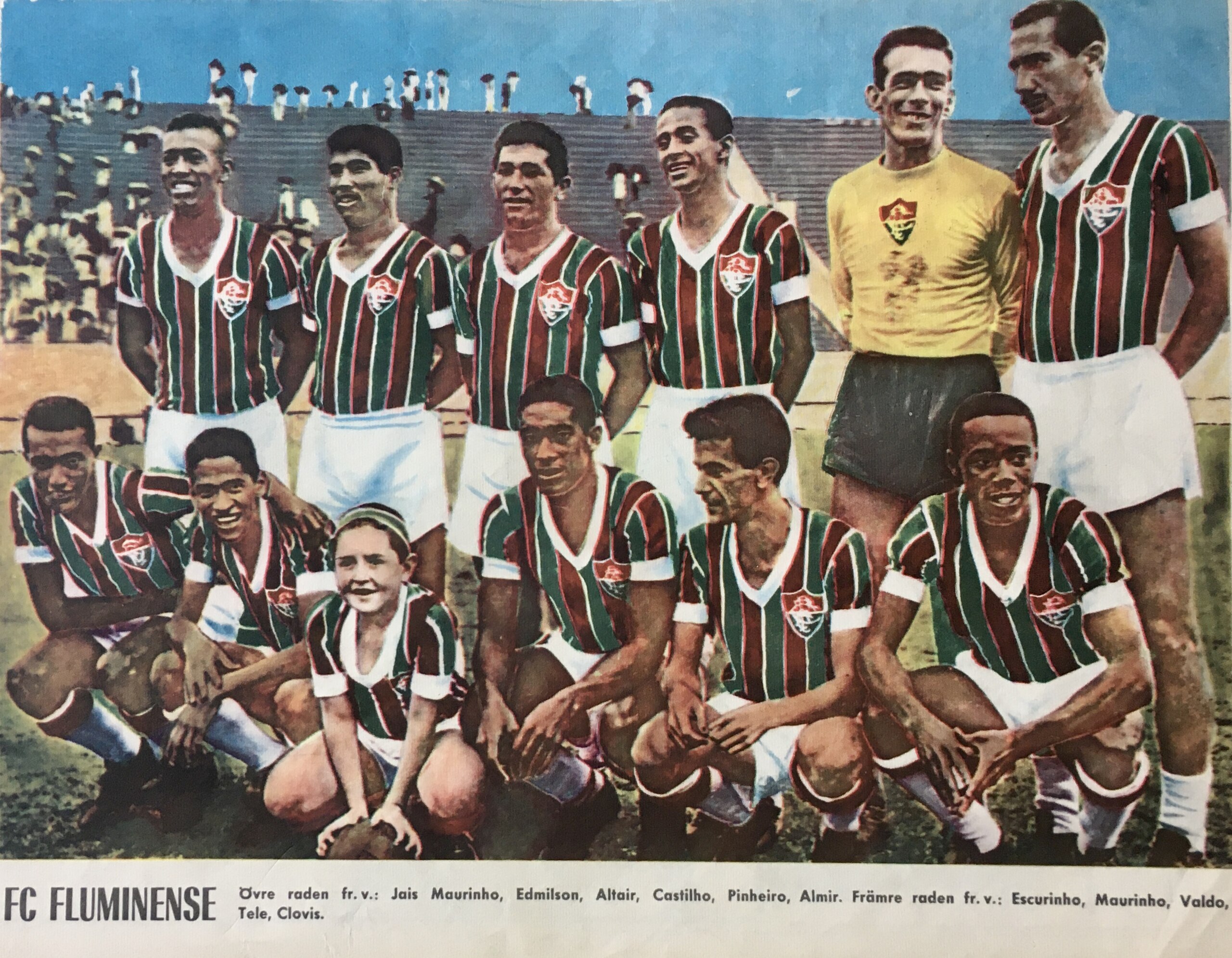
Fluminense’s success continued throughout the 1970s and 1980s, winning several state championships and enjoying success in regional competitions. In 1970, the club won their first Brazilian Championship, overcoming fierce competition from clubs like Santos and Palmeiras. This victory cemented Fluminense as a force to be reckoned with in Brazilian football, setting the tone for further triumphs in the following years. In the 1980s, the club achieved three consecutive Carioca titles, with the team featuring key players such as Branco, Romário, and Washington.
Despite their success in regional competitions, Fluminense faced a period of struggles in the late 1980s and 1990s, including a brief period of relegation from the top division. However, they quickly rebounded, and in the 2000s, the club won the Copa do Brasil in 2007, marking their return to prominence in Brazilian football. Fluminense’s first Copa Libertadores final came in 2008, where they lost on penalties to LDU Quito, despite an impressive run through the competition.

In the 2010s, Fluminense found their feet again under the leadership of Fred and Thiago Neves. The team won the Campeonato Brasileiro in 2010, securing their third national title, and followed it up with a fourth title in 2012, cementing their place as one of the most successful teams in Brazil. The 2010 Brazilian Championship win was especially significant, as it ended a 26-year wait for the title.
In 2023, Fluminense reached the pinnacle of South American club football by winning their first-ever Copa Libertadores. The club triumphed over Boca Juniors in a 2–1 final, with Germán Cano scoring the decisive goal in extra time. The victory sent the club to the FIFA Club World Cup, where they finished runners-up after a 4-0 defeat to Manchester City in the final.

Fluminense Ownership Structure
Fluminense Football Club, like many top football clubs, has a hybrid ownership structure that blends member-based governance with modern business practices. The majority of the club's ownership lies in the hands of its members, or sócios, who play a central role in the club's governance and long-term direction. This member-based model ensures that Fluminense remains a community-focused club while also adapting to the demands of modern football economics.

Fluminense S.A. (Sports Corporation): To professionalize the management of its football operations, Fluminense created Fluminense S.A., a publicly traded sports company that oversees the club's day-to-day football activities. The creation of this company allowed Fluminense to better manage player transfers, broadcasting rights, and international competitions, providing a more business-oriented approach to football while still respecting the member-driven governance system of the club itself.

Management and Governance
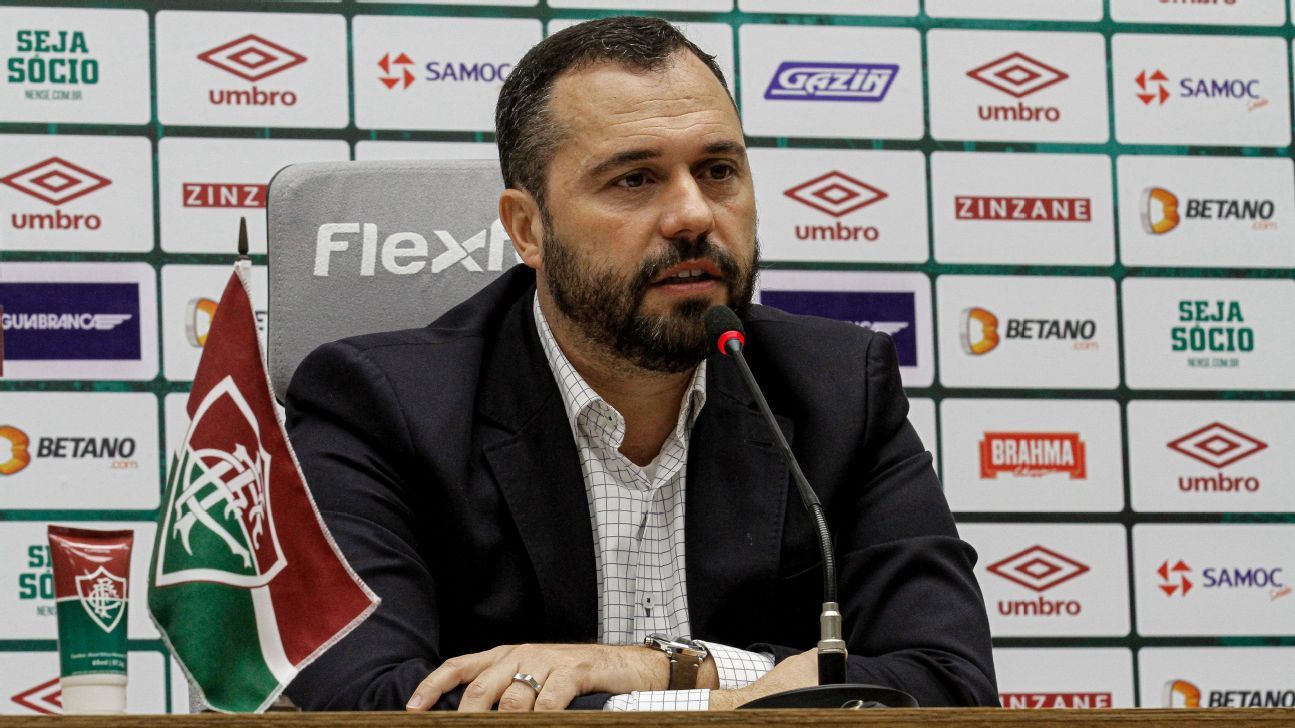
Financial Structure and Investments
Fluminense’s financial structure is built on multiple revenue streams to ensure the club’s sustainability and growth.
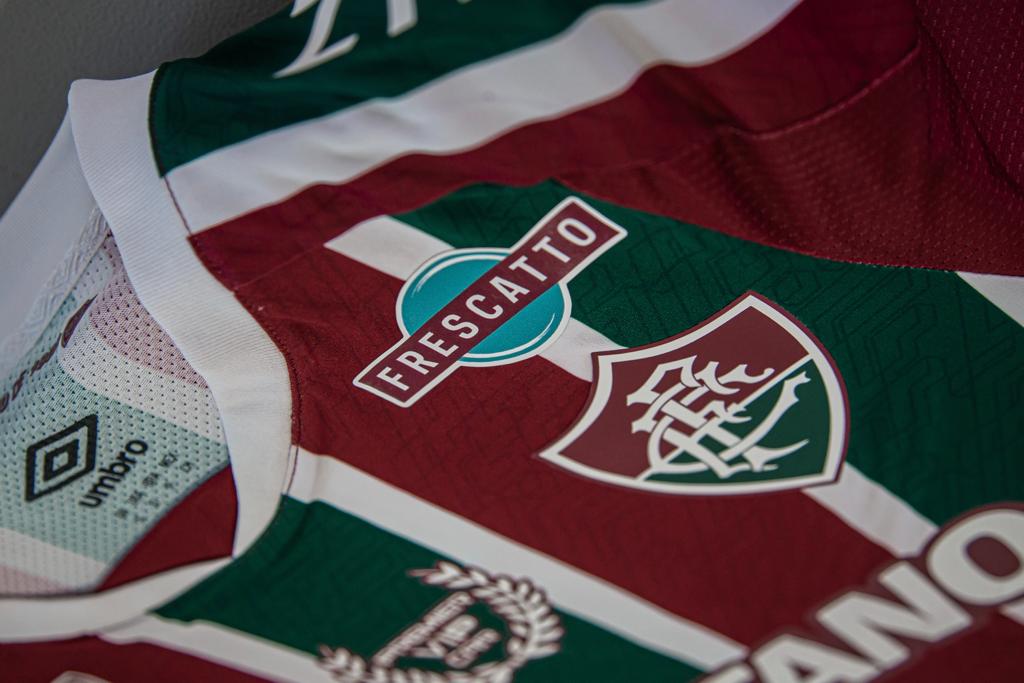
Youth Development and Infrastructure
Fluminense places a significant emphasis on youth development through its state-of-the-art training facilities. The Centro de Treinamento Carlos José Sampaio (Carlos José Sampaio Training Centre) is one of the best in Brazil, housing several sports science areas, including physiotherapy rooms, fitness centres, and classrooms for player and staff development.
The club’s youth academy, known as the Fluminense Football Academy, produces top-tier talent who often go on to play for the senior squad or join other elite football clubs. The academy’s focus on nurturing talent, combined with the club’s robust infrastructure, ensures that Fluminense remains a competitive force both domestically and internationally.
Fluminense also focuses on grassroots football development, encouraging young players from across Rio de Janeiro and beyond to join their academy programs. This broad outreach strategy helps the club maintain its legacy as a producer of world-class football talent.

Fluminense Football Club, founded on July 21, 1902, is one of Brazil’s most storied football clubs, based in Rio de Janeiro. Known for its rich history and passionate supporters, the club boasts an impressive collection of domestic and international trophies, solidifying its place as a major force in South American football. Fluminense is particularly known for its fierce rivalries, especially the iconic Fla-Flu derby against Flamengo. Below is an extensive list of the club’s major honours and achievements.
Domestic Trophies
Campeonato Brasileiro Série A Titles – 4 Titles
Copa do Brasil Titles – 1 Title
Campeonato Carioca (State Championship) Titles – 33 Titles
International Trophies
Copa Libertadores – 1 Title
Recopa Sudamericana – 1 Title
Other Notable Achievements
Copa Rio – 1 Title
FIFA Club World Cup Runners-Up – 1 Time
Copa Sudamericana Runners-Up – 1 Time
Honours and Records
Books
Websites
Articles
Interviews and Documentaries


Becoming a leading global provider of digital solutions and services for the sports industry, enabling our clients to achieve their goals and reach their full potential.
We aspire to be a trusted partner and advisor to our clients, leveraging our expertise and passion for sports to help them succeed in a rapidly changing market.








